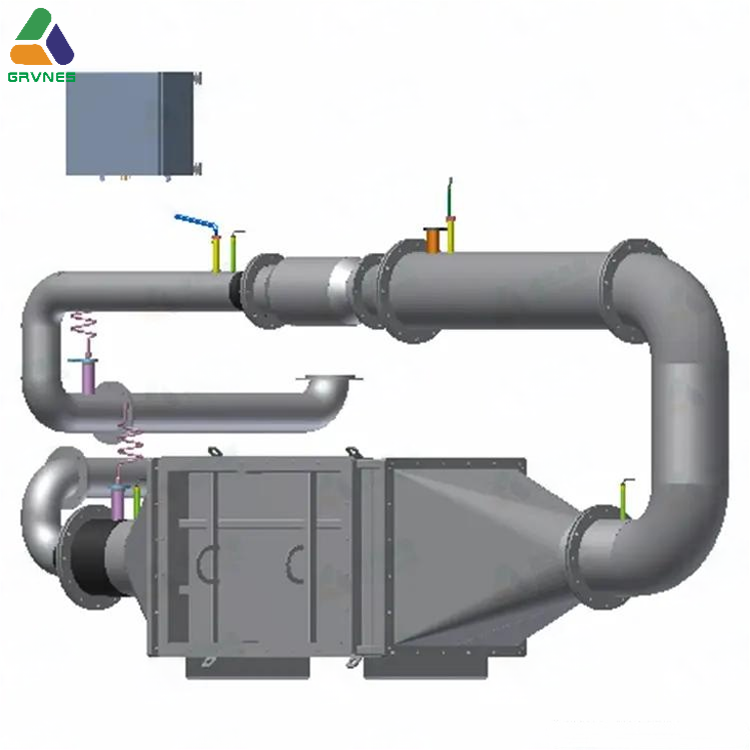In the development of modern industry, the high-quality development of the iron and steel industry has been highly valued by the state, giving clear opinions and support, and putting forward the goal of forming high-quality, green and low-carbon development. However, in the process of steel production, there will be a large amount of nitrogen oxides (NOx), which poses a serious threat to the environment and human health. The development of flue gas denitrification technology of steel pellets is the challenge and prospect of the future.
In the production process of iron and steel pellets, the use of blast furnace gas, coke oven gas and other fuels containing nitrogen, through high temperature combustion, the nitrogen will be converted into nitrogen oxides. Or in the roasting process, under high temperature conditions, nitrogen in the air reacts with oxygen to produce NOx. As one of the main sources of air pollution, nitrogen oxides can lead to acid rain, damage crops and buildings, and react with volatile organic compounds VOCs in the atmosphere to form photochemical smog, which affects the air quality of cities. Nitrogen oxides can also be converted into particulate matter PM2.5 in the atmosphere. The production of particulate matter will cause direct harm to the human respiratory system, so effectively controlling and reducing the emission of nitrogen oxides is of great significance for improving environmental quality and public health safety.
The flue gas denitrification technology of steel pellets mainly adopts two methods: selective catalytic reduction SCR or selective non-catalytic reduction SNCR. SCR technology in a certain catalyst and temperature, will use ammonia as a reducing agent to reduce the nitrogen oxide in the flue gas to harmless nitrogen and water vapor, this denitrification efficiency can reach more than 98%, and selective non-catalytic reduction denitrification efficiency is usually between 50% and 70%. For the selection and maintenance of catalysts, the flue gas treatment technology of steel pellets is still facing a series of challenges. The catalysts used in SCR denitrification technology are very sensitive to impurities in the flue gas, easy to be deactivated, and need to be replaced regularly, increasing the cost of operation. The problem of ammonia escape is also a problem that cannot be ignored, and new pollutants will be generated.
Steel pellet flue gas denitrification technology needs to improve denitrification efficiency, reduce operating costs, and reduce secondary pollution. SCR denitrification catalyst developed by Green Valley Environmental Protection can meet various flue gas working conditions, denitrification activity efficiency can reach more than 95%, ultra-low nitrogen oxide emissions and ammonia escape less than 3ppm requirements.
The technology of flue gas denitrification of iron and steel pellets is an important link to realize the sustainable development of industry. Under the optimization of the production process and the adoption of effective control policies, the impact on the environment is reduced, and continuous technological innovation can ensure the stable development of industrial production while protecting the environment.
Post time: Mar-14-2024

